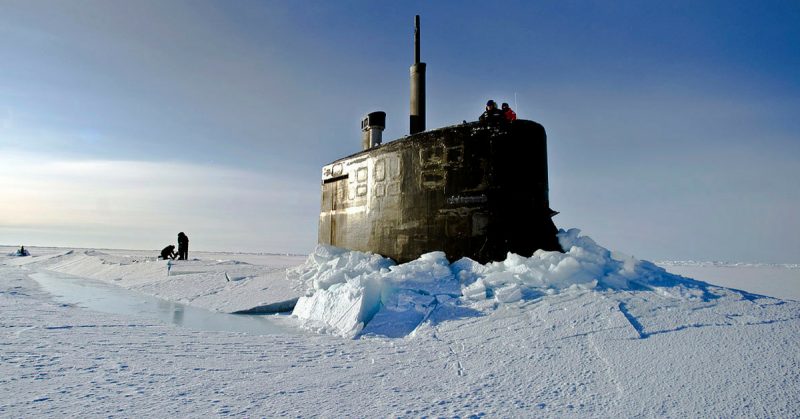The Seawolf; as a ship’s name this conjures up images of a sleek, powerful vessel gliding through the water, able to follow its prey for miles before pouncing. If this is the image that you have in your head, then you are very close to the mark.
The Seawolf is one of a very exclusive class of submarines that attract very little attention, and that is precisely what the American Navy wants.
The Seawolf class of submarines, of which there are three in existence, are a product of the cold war. It was conceived to be the replacement for the older Los Angeles class of submarine and was designed to be faster and better armed than the Los Angeles class.
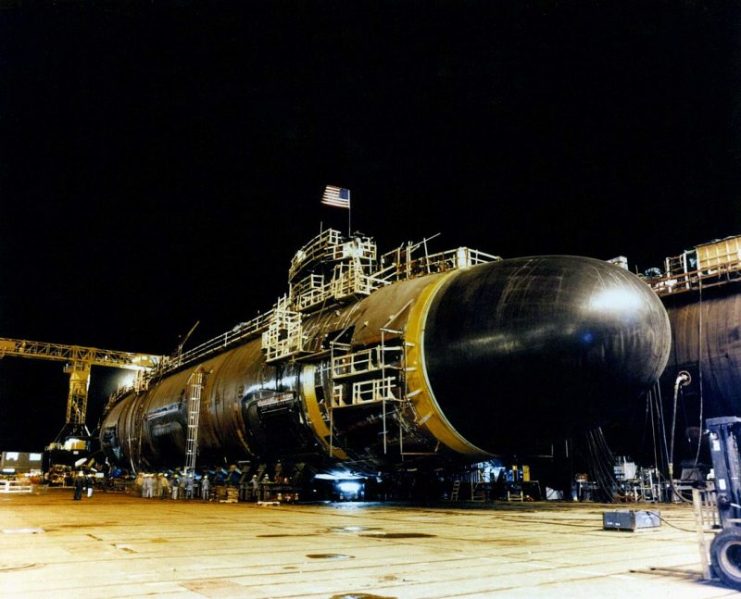
Its hull was built of stronger steel that allowed it to descend to greater depths and its electronic systems were, for the time, way beyond anything that any other country could boast.
The first of this class, The Seawolf, was ordered in January 1989 and commissioned seven and a half years later in July 1997. The second vessel, Connecticut, was commissioned eighteen months later in December 1998, with the last of the three, The Jimmy Carter, being appointed seven years later in February 2005.
With the end of the Cold War in the early 1990s, the $3 billion price tag per vessel was considered exorbitant, and the class was discontinued in favor of the smaller and less expensive Virginia class of submarine.
The fact that the Seawolf class was discontinued does not mean that the three vessels were scrapped. In fact, they form a potent group whose activities are kept very quiet. The Navy doesn’t readily discuss the actions of its submarines and even less so the events of the Seawolf class.
Few photographs exist of the class, with the last exterior shot being taken almost ten years ago. The close-mouthed attitude of the Navy extends to the sailors that serve in these boats as well as their families.
The wife of a Seawolf-class submariner said that the activities of the boat on which her husband served were, to use her words, unpredictable. To gain an insight into what these submarines are doing one has to piece together bits and pieces of information from disparate sources.
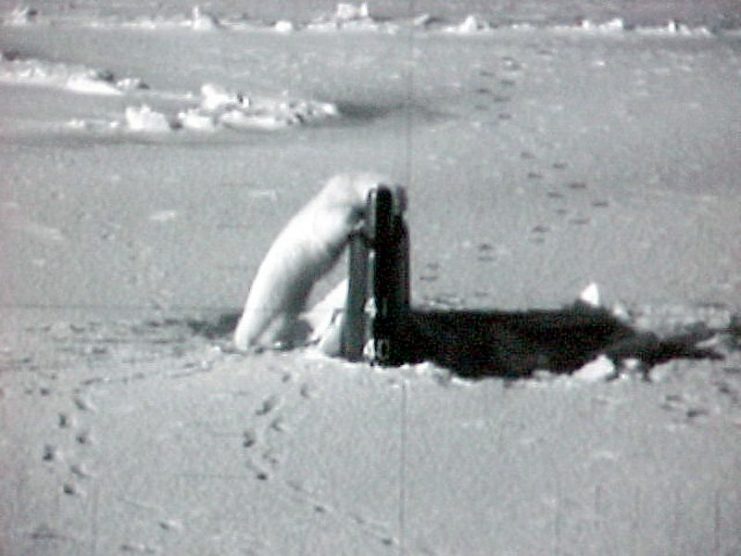
What is well known is that the entire submarine fleet is used to gather intelligence, land commandos on far-flung shores for the purposes of raids or reconnaissance, and they can also launch missiles at designated targets.
What is almost impossible to determine is which of these activities can be attributed to The Seawolf. She is officially attached to the Pacific Fleet but that seems to be a fluid assignment, and her position can change at very short notice.
The fact that in 2007 the entire 140-man crew of this boat was awarded the Meritorious Unit Commendation and in 2009 they were again honored with the Navy Unit Commendation infers that they have taken part in some reasonably hair-raising activities.
We also know that in March 2011, Connecticut, along with a Virginia-class submarine, New Hampshire, left Prudhoe Bay in Alaska for ICEX exercises, which are infrequently run by the Navy. The Navy announced that the sub was working with the University of Washington Applied Physics Laboratory in conjunction with the U.S. Navy Arctic Submarine Laboratory to test equipment and practice exercises designed explicitly for under-ice conditions.
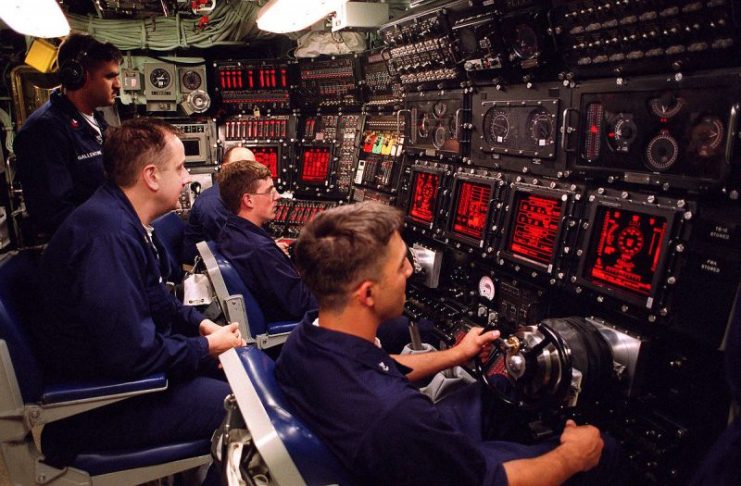
Then in September 2009, The Seawolf went into dry-dock for a three-year refit, returning to the Pacific in April 2012. It is highly likely that she received the latest equipment tested by Connecticut for under-ice work. With the resurgence of interest in the Arctic region, it is not unreasonable to expect that the Navy will conduct further research and exercises in the region.
Climate warming is making this area more easily navigable and thus pushes up the threat risk to northern American territories.
News media noted that in August 2013 the Seawolf left Bremerton in Washington State, and a month later photographs posted by the U.S. Sixth Fleet (which operates in European waters, far from the Pacific!) show the Seawolf being inspected by the U.S. ambassador to Norway, Barry White.
The photographs were taken at the Haakonsvern naval base, which is in southern Norway, many thousands of miles from the north-west coast of the US. The only way that Seawolf could have traveled that far, that quickly was if she passed under the ice pack of the Arctic.
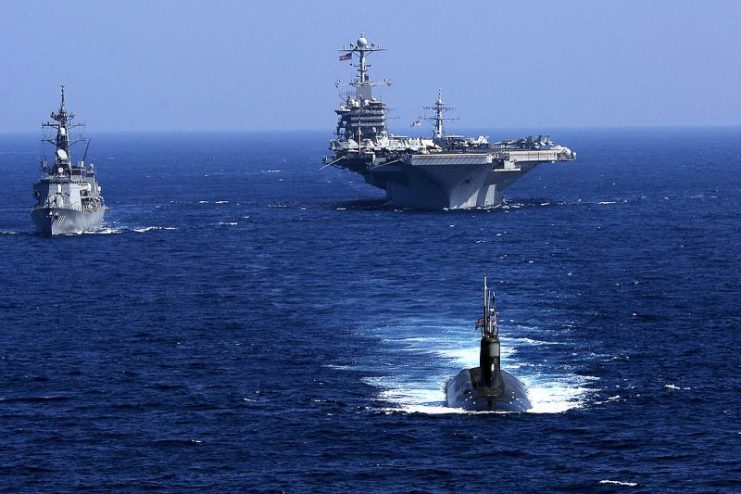
It is unsurprising that this type of venture is kept very quiet. The Russians are not likely to be very happy with US Navy exercises taking place so close to their country, and the Kremlin has made it clear that any action by foreign submarines close to their borders would “demand heightened scrutiny” on their part.
These glimpses into the work carried out by the Seawolf class of submarines make for fascinating reading. A class of vessel that is shrouded in a cloak of silence with only the smallest glimpses will always stir the interest of the world’s curious.
